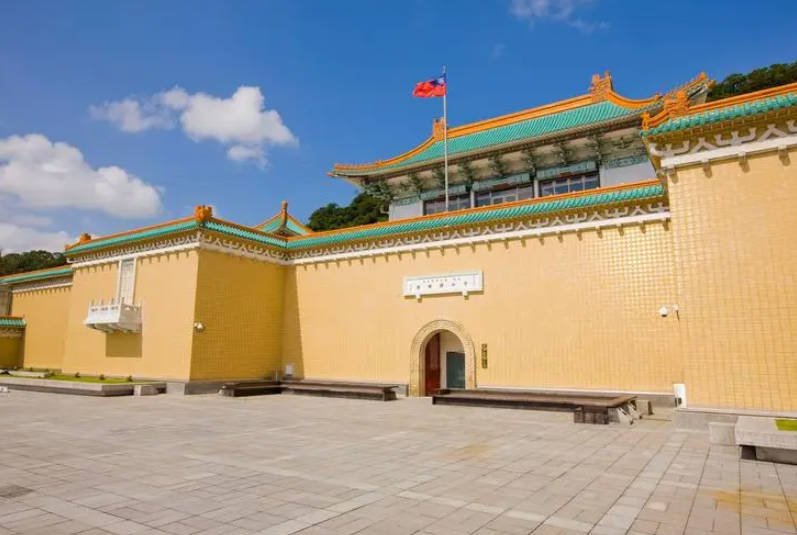Discover the Five Grand Palaces of China: A Journey through History and Architecture
China has a total of five major Forbidden City, these five major Forbidden City distributed in the five lakes: Beijing Imperial Palace is located in Chang’an Street, Dongcheng District, Beijing; Zhongdu Imperial Palace is located in Fengyang County, Anhui Province; Shengjing Imperial Palace is located in Shenhe District, Shenyang City, Liaoning Province; the Ming Imperial Palace is located in Nanjing City, North and South of Zhongshan East Road; Taipei Imperial Palace is located in the Shilin District, Taipei City, Taiwan Province.
1. Beijing Imperial Palace
Geographic coordinates are 39 degrees 54 minutes 26.92 seconds north latitude, Tokyo 116 degrees 23 minutes 26.93 seconds, is located in the Dongcheng District of Beijing, Chang’an Street, in the centre of Beijing, to the Forbidden City, the optional means of transport to the Forbidden City, buses and underground.
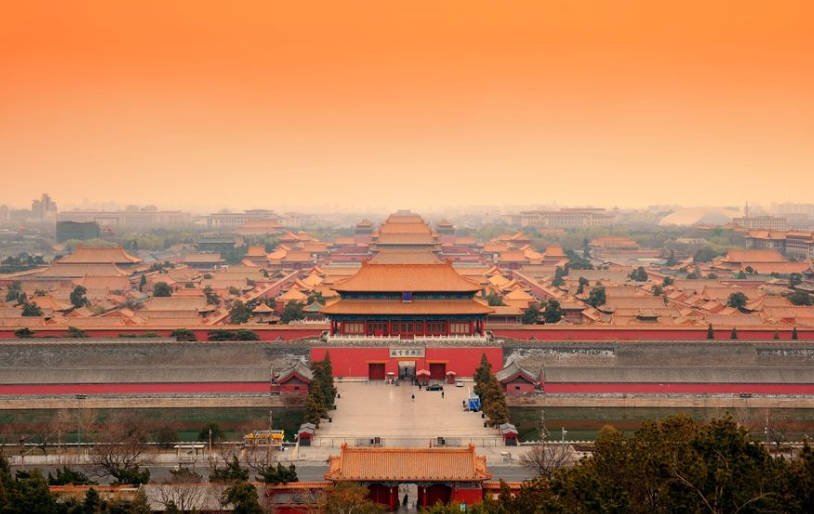
Centred on the Three Great Halls, it covers an area of 720,000 square metres, with a building area of about 150,000 square metres. There are more than 70 palaces and 9,000 houses. It was the royal palace of China during the Ming and Qing dynasties and was originally known as the Forbidden City. It is located in the centre of Beijing’s central axis and is the essence of ancient Chinese palace architecture. It is one of the largest and best-preserved ancient wooden structures in the world. It is a national 5A-level tourist attraction and was listed as a World Heritage Site in 1987.
The Forbidden City is arranged along a north-south central axis. The three great halls, the three rear palaces, and the imperial gardens are all located on this central axis. And it unfolds to both sides, straight from north to south, symmetrical from left to right. This central axis not only through the Forbidden City, south to the Yongding Gate, north to the Drum Tower, Bell Tower, throughout the city.
2. Zhongdu Imperial Palace
Zhongdu Imperial Palace, formerly known as the Forbidden City, also known as the Ming Zhongdu Forbidden City, Ming Zhongdu Imperial City, Fengyang Ming Imperial Palace and so on. Located in fengyang county, anhui province. Zhongdu Imperial Palace, covers an area of about 840,000 square metres. Now part of the site is located in today’s Chang’an Street north and south, has been listed as a national key cultural relics protection units.
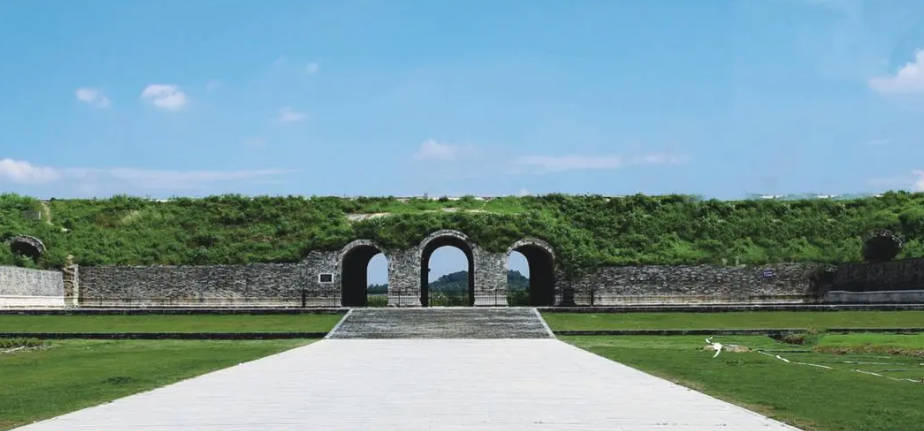
The construction of the Zhongdu Imperial Palace began in the second year of Emperor Hongwu of the Ming Dynasty (1369) and was finished in the eighth year of Hongwu (1377). It is a rectangular city with a circumference of 3702 metres. Due to the relatively short time of construction and use, it did not form a political centre, but its urban planning and palace layout directly influenced the planning of Ming Dynasty Beijing, and it occupies an important position in the history of capital city construction in China and the world.
3. Shengjing Imperial Palace
Shenyang Imperial Palace, also known as Shengjing Palace, located in Shenhe District, Shenyang City, Liaoning Province, for the early Qing Dynasty Palace. Shenyang Imperial Palace was built in the Qing dynasty in the tenth year (1625), built in the first year of the Qing dynasty Chongde (1636). The total area of 63,272 square metres, building area of 18,968 square metres. It is not only one of the two remaining royal palace complexes in China, but also the only one royal complex outside the Chinese customs.
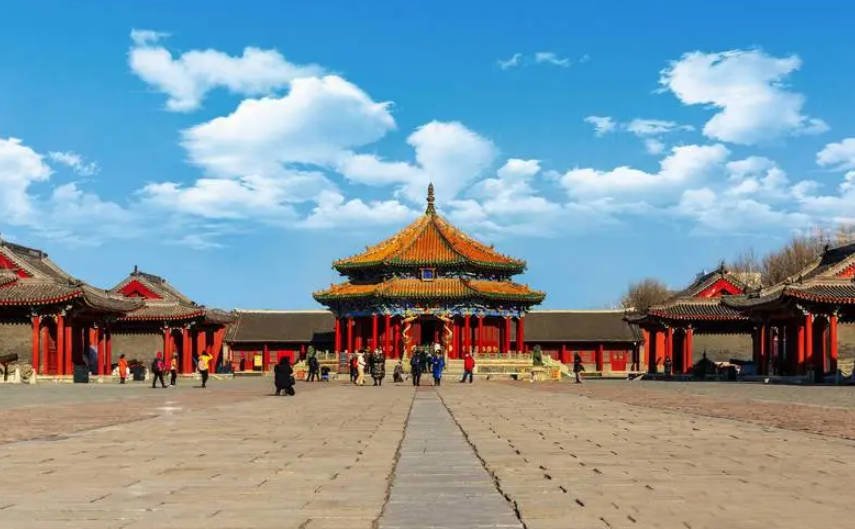
After the Qing dynasty moved the capital to Beijing, the Imperial Palace was called “Palace with the capital” “to stay in the Palace”. Later called the Shenyang Imperial Palace. Experienced Nurhachu, Huang taiji, Qianlong three construction period, lasted 158 years. Building more than 100 seats, more than 500 rooms. After entering the customs, Kangxi, Qianlong, Jiaqing, Daoguang emperors, successive ten times “east tour” as the residence.
4. Ming Imperial Palace
Nanjing Imperial Palace is the capital of the Ming Dynasty Yingtianfu (Nanjing) of the Imperial Palace, also known as the Ming Imperial Palace, formerly known as the Forbidden City, the Imperial City area of 6.53 square kilometres, the Palace City area of 1.16 square kilometres, is located in Nanjing City, Zhongshan East Road north and south, Nanjing Imperial Palace as a collection of China’s palace architecture, is to follow the example of the order of the system of etiquette, and its architectural form for the Imperial Palace in Beijing, inherited, is the blueprint for the Imperial Palace in Beijing, the mother of the Ming and Qing dynasty official architecture. It is the blueprint of the Forbidden City in Beijing and the mother of official buildings of the Ming and Qing dynasties.
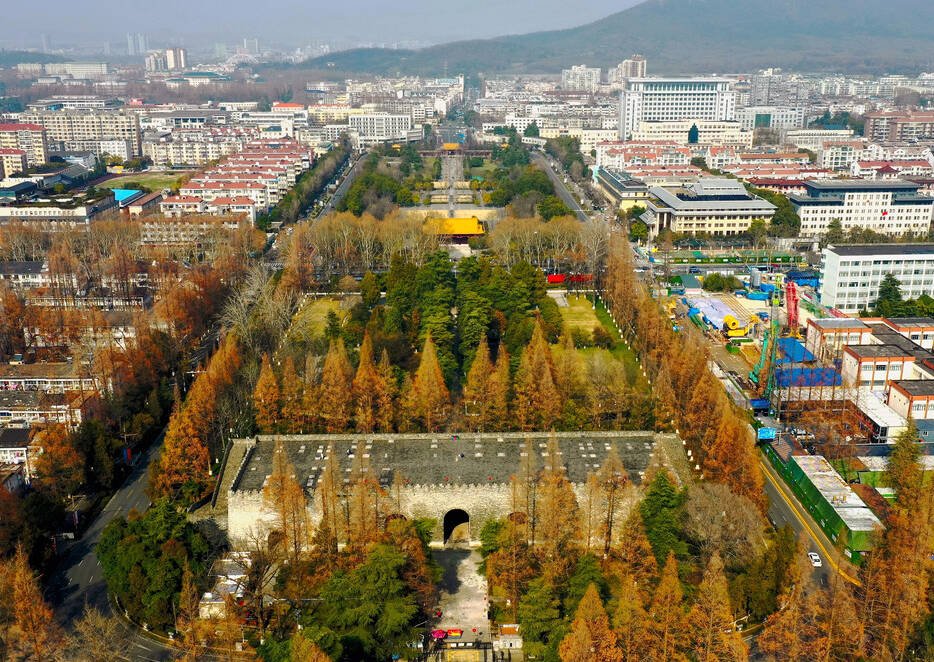
The Nanjing Imperial Palace was first built in the 26th year of the Yuan Dynasty (1366), and was basically completed in the 25th year of the Hongwu Dynasty (1392), which lasted 26 years before and after. The layout of the Imperial Palace is based on the principle of “left ancestor, right community, face to face and back to the city” contained in “Zhou Rites – Kao Gong Ji”. Imperial City perimeter of 10.23 km, the Palace City perimeter of 3.45 km, Hongwumen to Chengtianmen on both sides of the Central Government Offices, Chengtianmen to the Wumen on both sides of the Temple, the altar of the Jikji Temple; the former dynasty to Fengtian Temple, Huagai Hall, the Honourable Hall as the core, east of the Mandarin Palace, Wenlou, west of the Palace of Wuying Hall, martial arts building; after the court to the Palace of qianqing, kuning palace as the core, east of the Spring and Palace, west of the soft Yi Hall, Fengxian Hall, the Hall of the Great Goodness, the Palace of the Ninety-five Flying Dragons! , Western Palace, flanked by the East West six palaces.
5. Taipei National Palace Museum
Taipei National Palace Museum (Taipei Palace Museum), also known as the Zhongshan Museum, located in Shilin District, Taipei City, Taiwan Province of China, covering a total area of 160,000 square metres, its opening in 1965, and a number of expansion and renovation.
